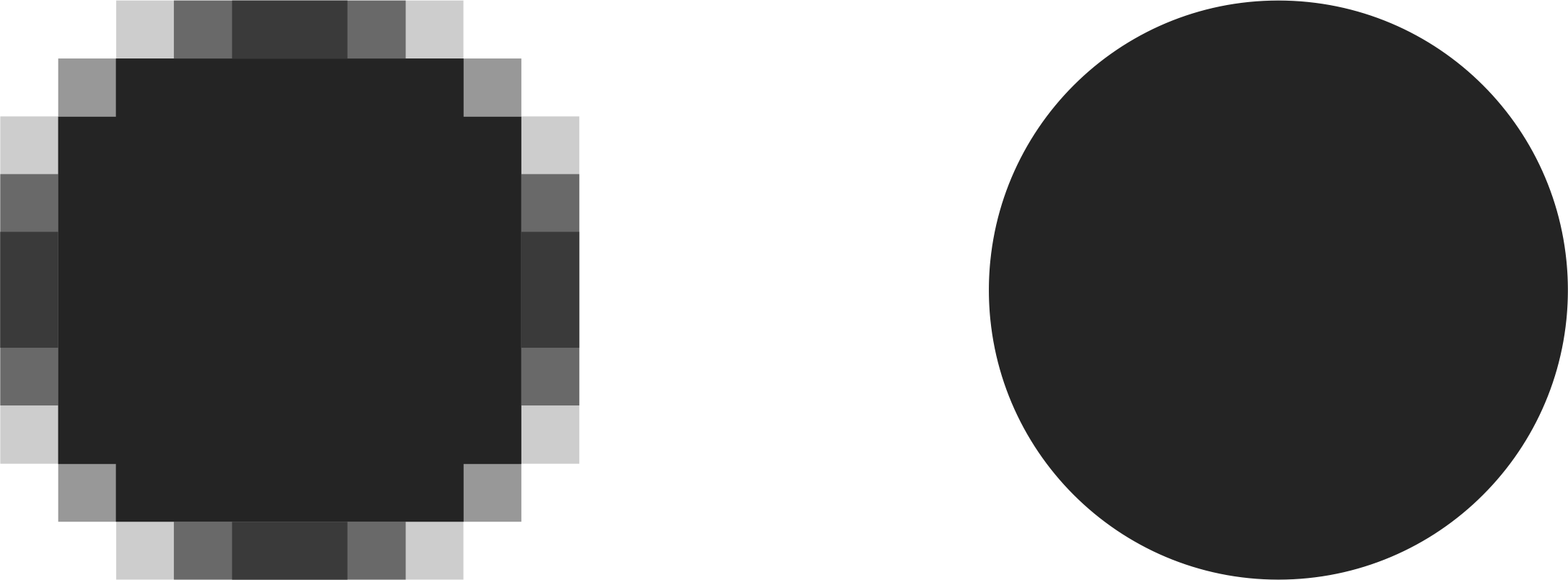


Think of the difference between a GIF and a JPG - there are simply some things which don't work well in the GIF format. I defy you to show me a tracing of a soft-focus raster image which exactly mimics its original. However, almost every tracing carries with it a clear indicator that the image is not smooth across the board. If you're fine tracing everything and ultimately losing soft focus edges in photographs, then more power to you. Ultimately it all comes down to desired appearance. However, for portraits, hazy landscapes, etc. But soft-focus raster images will never trace well. If an image already has hard edges then there's no reason to not use a vector version. While it is true you can "trace" most raster images to convert them to vector, many of these tracing are less than optimal if the subject matter in one which contains things like blurry or soft focus areas.
#Raster images software
While software has advanced a great deal, there are really many things which can not effectively be accomplished in vector images. Within many vector apps raster interpolation and scaling is not something which happens or if it does, it doesn't happen with excellent results. However, doing this ultimately creates embedded raster images. Yes, you can use raster effects in many graphics applications to blur or "undefine" the edges of something. Vector graphics do not excel at creating soft edges areas or shapes which blend into other soft-edged shapes. Vector data is, in general, better suited for items which have hard edges. While vector images have many advantages, they also have shortcomings. TL DR So you use pixel graphics because its easier, faster and more understandable. For example liquify is sort of a vector effect on the pixel based data. In fact there is a really fuzzy division between raster and vector and often you intermix the methods so that its hard to say whats vector and what is not. So combined with easier discrete effects its often much more practical than vectorizing your medium. Third, pixel manipulation is MUCH easier to understand, as it approximates much better how real world mediums work. Again though this is not a limiting factor just a practical factor. So things like blur, can be computationally expensive for the vector engine. Many processes get much easier to do when you have discrete data samples. In practice discretisation has many benefits in the computational realm. Second, most sensors allow you only to do pixel based captures, since sampling is discrete. Image 1: 3D graphics are sort of vector images, rasterization is often slow and needs special tools. 3d renders show the limitations of your rendering speed as many renders to print size take hours to do. In fact 3D graphics is also a vector graphic data. This rendering process gets slower the more data you have. You can do a lot of things with vector graphics, eventually however the vector graphics need to be rendered to pixels, rasters etc.


 0 kommentar(er)
0 kommentar(er)
